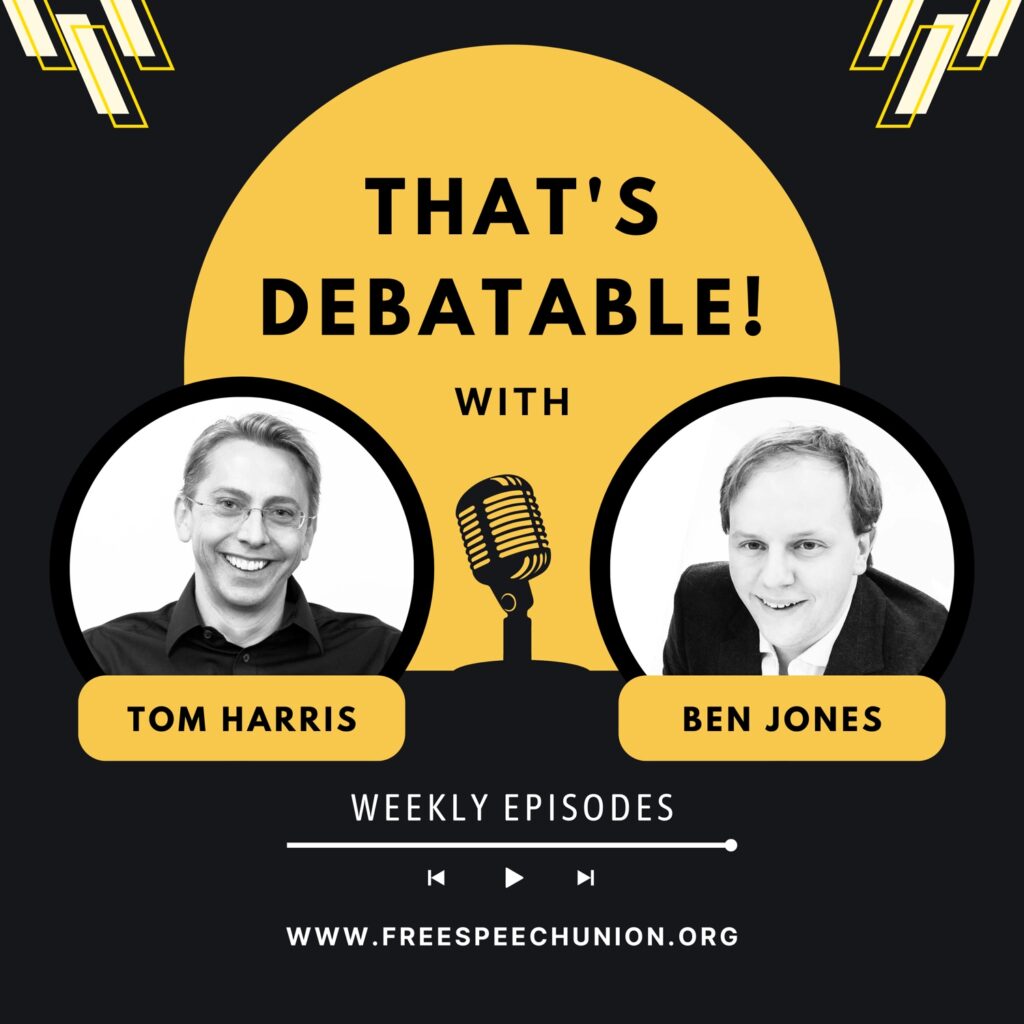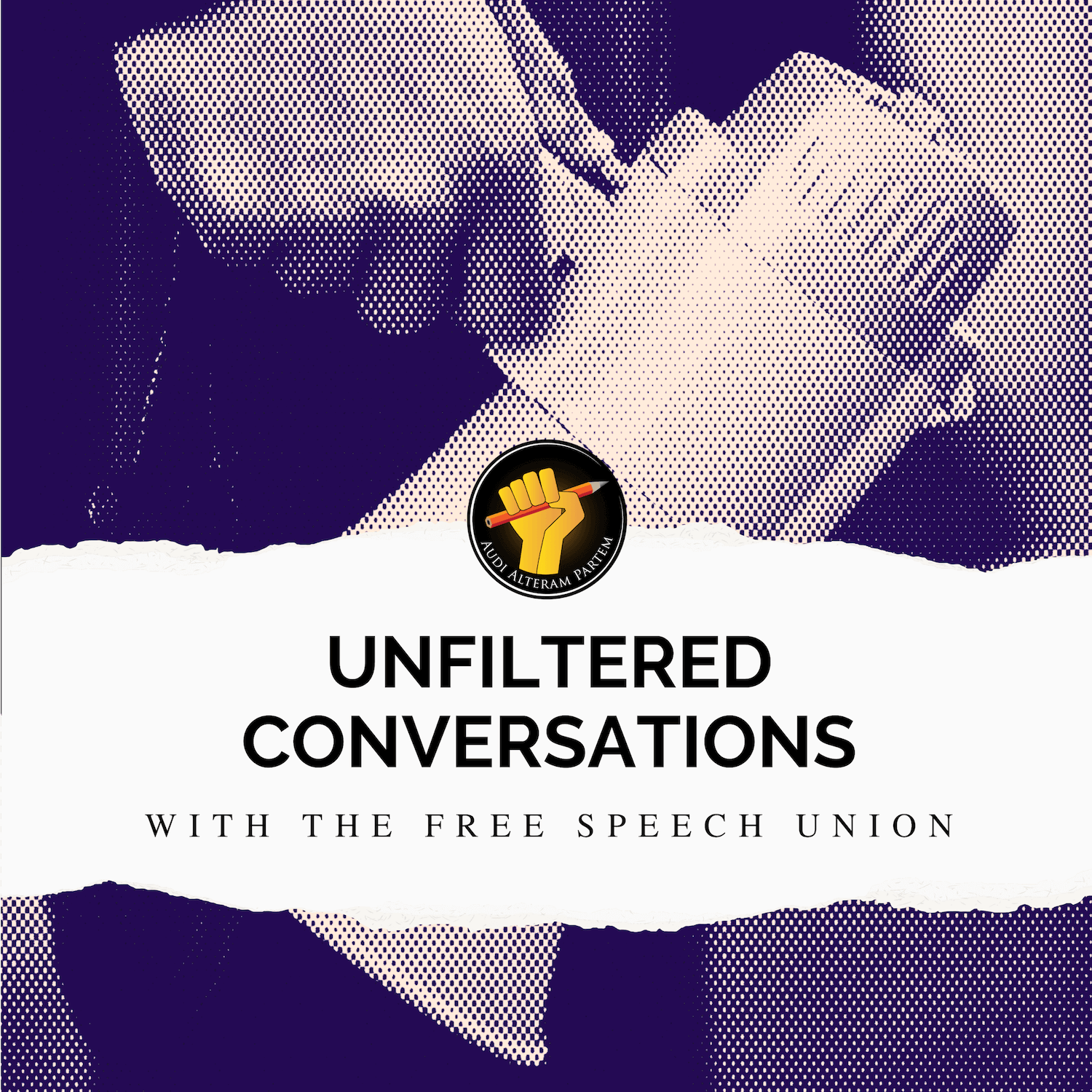The US Supreme Court has dismissed claims that various federal agencies violated the First Amendment by pressuring Big Tech companies to suppress lawful free speech, in a ruling that will likely make it easier for future administrations to escape judicial scrutiny of subtle, indirect yet hugely potent forms of coercion (Daily Signal, Federalist, Mail).
In the decision handed down earlier this week in the Murthy v. Missouri case, the nine-judge panel sidestepped ruling on the constitutionality of the government’s actions, choosing instead to adopt a restrictive approach to the concept of Article III ‘standing’, which broadly refers to a litigant’s right to have a court rule upon the merits of a particular claim. In the US system, standing ultimately depends on the litigant establishing that they have a genuine stake in the outcome of the case because they have personally suffered (or will imminently suffer) a concrete injury traceable to the allegedly lawful actions of the opposing party.
Missouri, Louisiana, and other Republican-led states acted as plaintiffs in the case, arguing that the Biden administration “suppressed conservative-leaning free speech” on the Hunter Biden laptop story ahead of the 2020 presidential election; on COVID-19 issues, including the disease’s origin, masks, lockdowns, vaccines and vaccine mandates; on election integrity in the 2020 presidential election; on the security of voting by mail; on the economy; and on Joe Biden himself.
The GOP states had argued that White House Communications Agency, the US surgeon general, the FBI and NSA Cybersecurity are among those who applied “unrelenting pressure” to coerce changes in online content on social media platforms.
They also wanted limits placed on how far the federal government can go to combat social media posts on ‘controversial topics’ – specifically when the Democrat administration appears, in their view, to unfairly censor right-leaning voices.
State Attorneys General Andrew Bailey and Liz Murrill represented Missouri and Louisiana, respectively. Other plaintiffs include doctors who spoke out against the COVID-19 mandates, such as Martin Kulldorff, Jayanta Bhattacharya, and Aaron Kheriaty; Gateway Pundit founder Jim Hoft; and Jill Hines, an anti-lockdown advocate and co-director of Health Freedom Louisiana.
In this week’s ruling, however, the Supreme Court rejected the plaintiffs claims that because federal agencies pressured social media firms into censoring some of their social media posts, they therefore automatically acquire Article III standing – or, in the words of the Court, “that they are able to bring the case due to facing substantial risk of future injury traceable to the government defendants and likely to be redressed by an injunction against them”.
The context here is that last year the US Court of Appeals for the 5th Circuit accepted that the plaintiffs had standing, and ruled in their favour on some of their claims having found extensive evidence that federal agencies had threated various social media firms with coercion if they refused their takedown requests.
As the Fifth Circuit decision in the case put it:
“On multiple occasions, the officials coerced the platforms into direct action via urgent, uncompromising demands to moderate content… And, more importantly, the officials threatened – both expressly and implicitly – to retaliate against inaction. Officials threw out the prospect of legal reforms and enforcement actions while subtly insinuating it would be in the platforms’ best interests to comply. As one official put it, ‘removing bad information’ is ‘one of the easy, low-bar things you guys [can] do to make people like me’ – that is, White House officials – ‘think you’re taking action’.”
However, the Supreme Court has now dismissed the idea that the plaintiffs suffer “continuing, present adverse effects” from their past restrictions, as they must now self-censor on social media”.
“We begin – and end – with standing,” Justice Amy Coney Barrett wrote in the majority opinion. “At this stage, neither the individual nor the state plaintiffs have established standing to seek an injunction against any defendant. We therefore lack jurisdiction to reach the merits of the dispute,” she said.
Chief Justice John Roberts joined Barret in the majority opinion, along with Justices Sonia Sotomayor, Elena Kagan, Brett Kavanaugh, and Ketanji Brown Jackson. Justice Samuel Alito wrote a dissenting opinion, in which Justices Clarence Thomas and Neil Gorsuch joined.
According to Justice Barrett, the plaintiffs “cannot manufacture standing merely by inflicting harm on themselves based on their fears of hypothetical future harm that is not certainly impending”.
“As we explained,” Barrett continued, “the plaintiffs have not shown that they are likely to face a risk of future censorship traceable to the defendants.” As a result, they “fail, by and large, to link their past social-media restrictions and the defendants’ communications with the platforms.”
The plaintiffs were already incentivized to self-censor by the major companies’ pre-existing content moderation policies, she said, adding: “So it is ‘difficult to see how’ the plaintiffs’ self-censorship ‘can be traced to’ the defendants.”
Barrett went on to claim that Facebook and Twitter in particular had imposed some content moderation restrictions even before any government attempts to pressure them.
The plaintiffs argued that while that might indeed be the case, additional restrictions had nevertheless been imposed after federal agencies started upping the pressure.
It’s a point amply confirmed by “The Twitter Files”, which reveal how the process worked: Federal agencies under Biden would have frequent meetings with Big Tech companies, warning about “misinformation” and repeatedly pressuring them to remove or suppress content. Federal agents and politicians would then occasionally threaten that if the companies didn’t act, the government would reform Section 230 of the Communications Decency Act, removing legal protections the companies enjoyed.
Last year, the Federalist also reported that White House officials “treated internet monopolies like their subordinates,” and highlighted one email exchange between White House digital director Rob Flaherty and Facebook in which Flaherty sent irate messages demanding to know why the company did not comply with administration requests.
In his dissenting opinion for the Court, Justice Samuel Alito even summarises some of the relevant evidence, describing multiple examples of Facebook tightening content moderation policies in response to specific complaints brought by administration officials. (Judge Alito also warns that Americans will come to regret the continuation of an unconstitutional censorship regime, adding that if the evidence presented to the lower courts is correct, then Murthy v. Missouri “is one of the most important free speech cases to reach this court in years”.)
It’s right that government officials must remain free to criticise speech on social media (and elsewhere) and urge firms to change their policies voluntarily. But at what point does ‘discussion’ becomes ‘persuasion’, and when does ‘persuasion’ tip over into ‘coercion’?
The problem, as law professor Ilya Somin points out for Reason, is that there are “inherent difficulties” in legal cases that depend on a differentiation between made between threats of coercion and mere voluntary suasion and cooperation.
You don’t have to be a scholar of Ludwig Wittgenstein to see that language is, in this way, complex. Government officials can – and do – make implicit, but clearly understood threats without spelling them out in so many words. Unlike direct government censorship, censorship through indirect coercion of media usually involves veiled threats and sometimes subtle communications whose meaning depends on context: “That’s a nice little social media platform you’ve got there – be a real shame if the Federal Trade Commission opened an antitrust investigation into it,” etc.
In other words, context matters to communication in myriad ways the Supreme Court’s majority opinion has overlooked.
The obvious risk for the future is that if courts lower down the judicial hierarchy start to require similarly strong evidence of causal links plus an “ongoing” campaign just to get standing, government agencies will be able to use that procedural requirement to escape judicial scrutiny of even very extensive indirect censorship.
That problem is likely to become more severe as agencies figure out the relevant standing rules, and try to tailor their threatening communications to firms in ways that exploit them.
After all, why bother demanding a ban on the expression of certain opinions on X if you can simply, relentlessly, inferentially, demand more aggressive and systematic application of the social media firms’ own supposed rules?
Perhaps unsurprisingly, White House Press Secretary Karine Jean-Pierre has welcomed the ruling. “The Supreme Court’s decision helps ensure the Biden administration can continue our important work with technology companies to protect the safety and security of the American people,” she said.
“Important work”, which as Twitter Files journalist Matt Taibbi notes wryly, will undoubtedly include White House officials sending emails to companies like X, with notes saying things thing: “Wanted to flag the below Tweet and am wondering if we can get moving on having it removed ASAP.”






